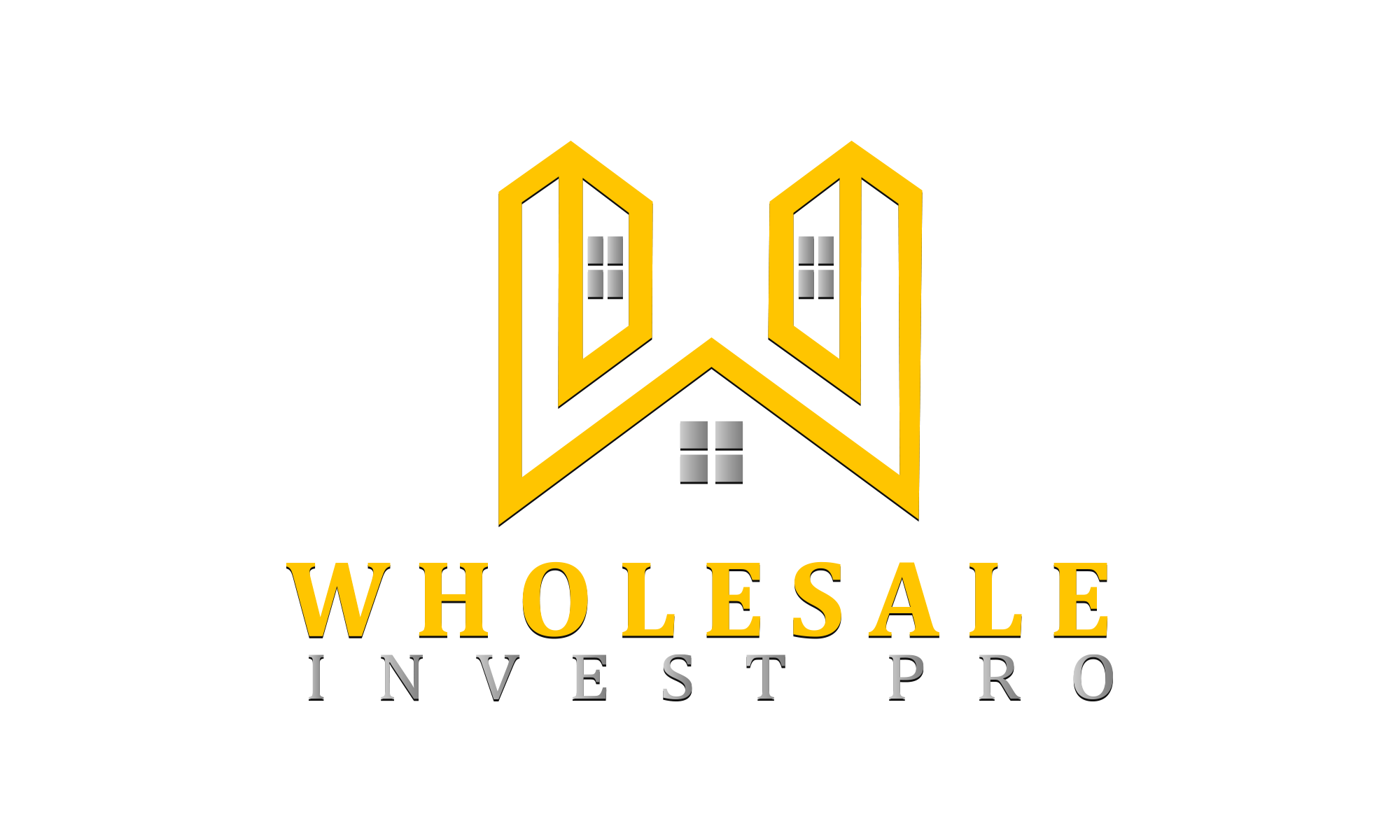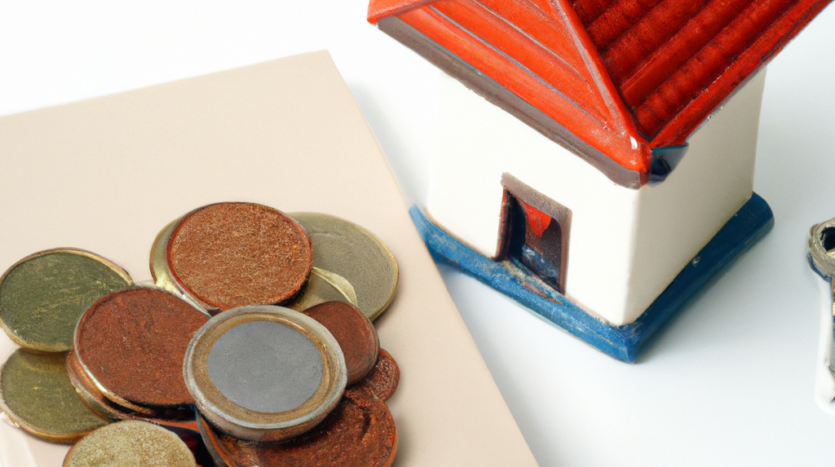BRRRR Strategy With Hard Money Example
What is the BRRRR strategy?
The BRRRR strategy stands for Buy, Rehab, Rent, Refinance, Repeat. The idea behind this strategy is to acquire a property that needs work, rehab it to increase its value, rent it out to generate income, refinance to pull out equity and reduce monthly payments, and then repeat the process with another property.
Step 1: Find a property to buy
The first step in the BRRRR strategy is to find a property to buy. Look for a property that needs work and is priced below market value. This can be done by searching online listings on websites like Investorlift and myhousedeals, working with a real estate agent, or networking with other investors. Once you’ve identified a property, analyze the deal using a tool like Rehab Valuator to make sure that the deal meats your criteria and can potentially be profitable. If the deal makes sense, it’s time to make an offer and begin the buying process.
Step 2: Rehab the property
After acquiring the property, the next step is to rehab it. This involves making improvements to increase its value and make it more appealing to potential tenants. The specific improvements will depend on the property’s condition and what is needed to bring it up to code and make it safe and habitable. Common improvements include repairing or replacing the roof, upgrading the electrical and plumbing systems, painting and updating the interior and exterior, and landscaping the property. It’s important to keep a close eye on costs during the rehab process to ensure that the final value of the property justifies the investment.
Step 3: Rent out the property
Once the property has been rehabbed, it’s time to find tenants and start generating rental income. This can be done by advertising the property through various channels, including online listings, social media, and real estate agents. When screening potential tenants, it’s important to check their credit history, employment status, and rental history to ensure that they are reliable and can afford the rent. Once tenants have been selected, it’s important to maintain the property and address any maintenance issues that arise in a timely manner to keep tenants happy and minimize turnover.
Step 4: Refinance the property
After the property has been rehabbed and rented, it’s time to refinance. This involves taking out a new mortgage on the property, which will pay off the initial loan and any rehab costs. The goal of the refinance is to reduce the monthly mortgage payment and increase cash flow. The new loan should be based on the property’s current value, which should have increased due to the rehab and rental income. This step can be challenging, as lenders will have strict requirements for the loan-to-value ratio and may require a certain amount of seasoning before they will approve a refinance.
Step 5: Repeat the process
Once the property has been refinanced, the final step is to repeat the process with another property. The goal is to use the equity from the refinance to purchase another property and repeat the cycle. Over time, this can help you build a real estate portfolio without using any of your own money.
Example Property:
Let’s say you find a distressed property in a desirable location that is listed for $100,000. The property requires $30,000 in repairs and improvements to make it habitable and marketable. You don’t have $130,000 to buy the property and cover the rehab costs, so you decide to use hard money financing to fund the deal.
Step 1: Buy
You work with a hard money lender who is willing to lend you 70% of the property’s after-repair value (ARV), which is estimated to be $200,000 after the rehab work is complete. The lender agrees to lend you $140,000, which covers the purchase price of $100,000 and the $30,000 rehab costs, with a little extra for closing costs and fees. You use the hard money loan to purchase the property and start the rehab work.
Step 2: Rehab
The rehab process takes about three months and costs $30,000, as estimated. You install new flooring, update the kitchen and bathrooms, replace the roof, and give the exterior a fresh coat of paint. You also add some landscaping to improve the curb appeal. After the rehab work is complete, the property is now worth an estimated $200,000, as expected.
Step 3: Rent
You find a tenant who is willing to pay $1,500 per month in rent, which covers the mortgage payments and some additional cash flow. The tenant signs a one-year lease, and you begin collecting rent. You make sure to keep the property in good condition and address any maintenance issues promptly to keep the tenant happy and minimize turnover.
Step 4: Refinance
After the property has been rented out for a few months, you apply for a new mortgage based on the property’s new value of $200,000. You work with a traditional lender who is willing to lend you 75% of the property’s value, or $150,000. You use this money to pay off the hard money loan and cover any other expenses associated with the rehab work. This leaves you with a new mortgage payment of $750 per month.
Step 5: Repeat
With the hard money loan repaid and the property generating cash flow, you now have some equity and extra cash on hand. You use this to find another property to purchase and repeat the BRRRR strategy. You work with another hard money lender to finance the purchase and rehab work, and then refinance with a traditional lender once the property has been rented out and rehabbed. You continue this process, building a portfolio of rental properties and using the equity and cash flow to fund further investments.







